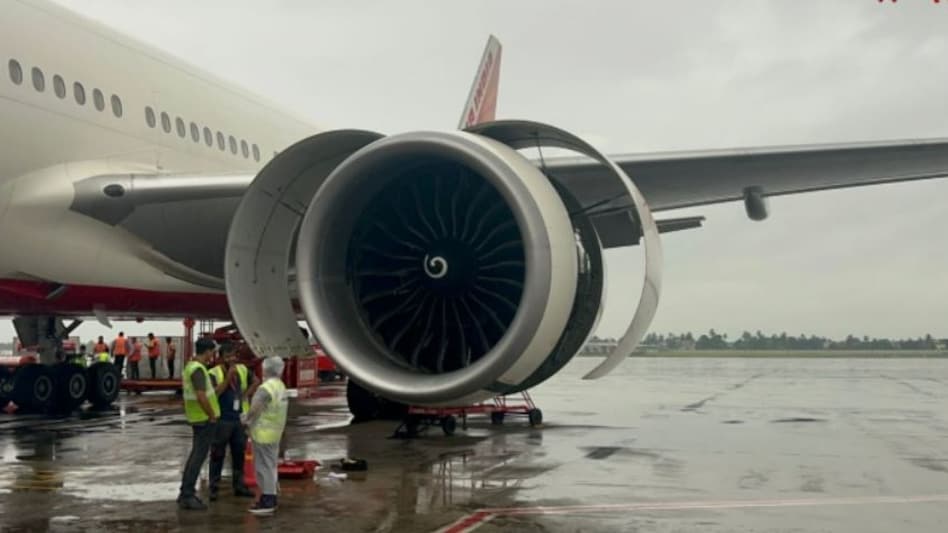 The safety board has also called upon aviation regulators in Europe and China to assess whether other variants of the CFM LEAP engine may present similar risks.
The safety board has also called upon aviation regulators in Europe and China to assess whether other variants of the CFM LEAP engine may present similar risks.
 The safety board has also called upon aviation regulators in Europe and China to assess whether other variants of the CFM LEAP engine may present similar risks.
The safety board has also called upon aviation regulators in Europe and China to assess whether other variants of the CFM LEAP engine may present similar risks.A December 2023 incident involving a Southwest Airlines Boeing 737 Max, in which the cockpit filled with thick smoke following a bird strike, has prompted the US National Transportation Safety Board (NTSB) to issue an urgent safety alert. The advisory highlights a potential hazard associated with specific aircraft engines used on Boeing and Airbus models, raising concerns about the integrity of the ventilation system during flight.
The NTSB’s safety alert pertains to CFM International’s LEAP-1B engines, which are installed on Boeing 737 Max aircraft and certain Airbus A320neo variants. According to the agency, a safety mechanism within the engine — known as the load reduction device — can unintentionally compromise the engine’s oil system. This malfunction may result in the release of hot oil fumes into the aircraft's ventilation system.
“Such a condition can allow smoke from hot oil to enter the ventilation system and ultimately the cockpit or passenger cabin,” the NTSB stated.
The advisory follows multiple smoke-related incidents, including a case involving a Southwest Airlines Boeing 737 Max departing from New Orleans in December 2023. The aircraft’s left engine ingested a bird shortly after takeoff, leading to a rapid accumulation of “acrid white smoke” in the cockpit. The crew donned oxygen masks and returned safely to the airport. A similar occurrence was reported on a Southwest flight out of Havana earlier that year. No injuries were reported in either incident.
In light of these events, the NTSB has recommended that the Federal Aviation Administration (FAA) mandate that airlines notify flight crews if their aircraft are equipped with the affected engines.
Boeing has already revised its flight manuals to include procedures for managing scenarios involving potential smoke ingress.
The safety board has also called upon aviation regulators in Europe and China to assess whether other variants of the CFM LEAP engine may present similar risks. Additionally, the NTSB has urged both the FAA and the European Union Aviation Safety Agency (EASA) to implement software updates developed by CFM and Boeing aimed at mitigating this issue.
“We are aligned with the NTSB’s recommendations, and work is already underway in close partnership with our airframers,” a CFM spokesperson told The Independent.
This safety alert comes amid heightened scrutiny of aviation safety standards in the United States, following several high-profile incidents.